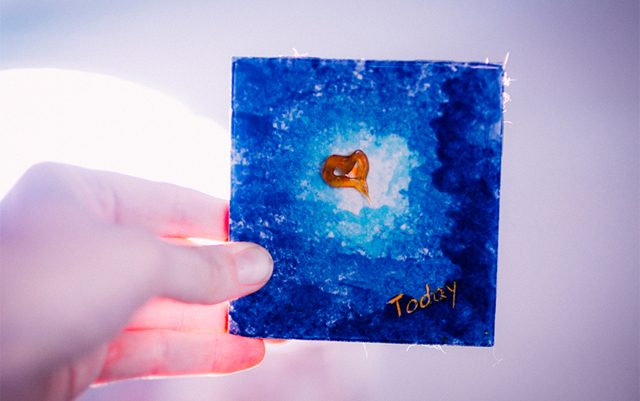William Shakespeare wrote a sonnet about a ‘weed’, Salvador Dali once said “I don’t do drugs, I am drugs”, and the great astrophysicist and astronomer, Carl Sagan, wrote about the power of the plant under the pseudonym “Mr. X”. For centuries, cannabis has been associated with a higher state of mind and an outpouring of creative thought and art – but what does science have to report?
Due to the federal restrictions on the plant in America, many curious cannabis researchers are sidelined from performing the types of experiments that could reveal answers to the centuries old question. But after reviewing the abstracts of some scientific literature on the matter, it’s unclear if there is any firm link between using cannabis and unlocking one’s creativity.
A 2011 review of literature on the subject conducted by researchers at the University College London says it may be connected, but the verdict is still out. The review suggests that cannabis produces psychotomimetic symptoms, which in turn may lead to connecting seemingly unrelated concepts, an aspect of divergent thinking considered primary to creative thinking. The review points out an overall lack of extensive studies on the mechanisms by which cannabis could stimulate creativity – a recurring problem in cannabis research.
It’s not a definitive answer, and there are other studies that point to the contrary – like the study published by three psychologists from Australia and the United Kingdom, in the 2009 Journal of Psychoactive Drugs. They compared three groups of users and non-users on their creative inclinations. It’s interesting to note it’s a study of cannabis users, MDMA (Ecstasy) users, and non-drug users. Using the three groups, the study found “Cannabis users produced significantly more ‘rare-creative’ responses…yet, the use of marijuana had no positive effects on divergent thinking (creativity) in novice users and reduced it in regular users.” It’s an unclear answer that perhaps raises more questions than it answers.
Other researchers decided to look into the effects of cannabis as reported by the user; of self-identified effects of cannabis. Their study says euphoria and relaxation were most commonly reported. A relatively recent study, the findings appeared in the 2003 Australian Professional Society on Alcohol and other Drugs. The researchers were sure to note that while there has been considerable research into the adverse aspects of cannabis, less attention has been directed toward subjective effects that may be associated with ongoing cannabis use.
What they all have in common is that their data highlights the need for more studies.
Despite the lack of clinical research on cannabis in general, more than half of the states in America have some medical marijuana reforms on the books. The reforms of marijuana laws and penalties across the country has led to a resurgence of cannabis into the mainstream. No where is that more clear than the places that are enjoying legal cannabis. From sushi, sake and joint rolling classes in Colorado to 420-friendly Puff, Pass, and Paint classes in Washington, D.C., cannabis enthusiasts are legally demonstrating there is a demand for canna-friendly environments where they can relax and let their creativity flow.






